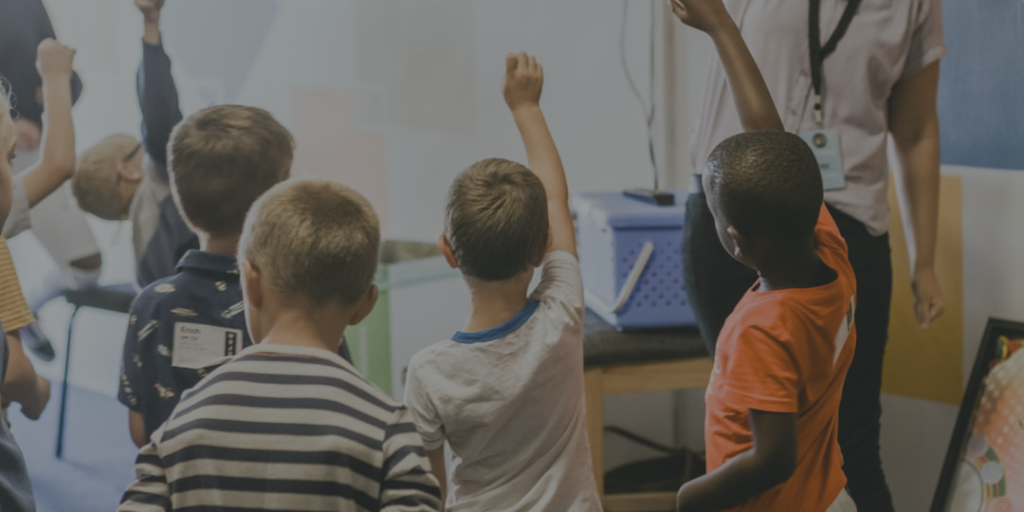#VNPS in Kindergarten Learning Spaces
Pamela Taylor, Teacher Librarian, Aylesbury Public School, Peel District School Board
When we think about Kindergarten Learning Spaces, our first thoughts are often of large motor activities, playing outside with natural materials, the House Centre, and story time. Drawing pictures and painting often come to mind, but writing for a purpose is often far down on the list of things that the image of Kindergarten learning spaces conjures up.
Writing for a Purpose
Four and Five year old learners often have the best stories. They are the ones full of details (“Then I had the biggest ice cream cone in the whole entire world until it fell on the ground”) and are the most imaginative (“My dog has big teeth. He eats the aliens with them.”) They are great oral storytellers, but struggle with the basic foundations of writing conventions. That’s where the Wipebook Flipchart comes into play in a Kindergarten classroom.


I can use the Wipebook Flipchart to record the students’ ideas in large lettering, so it’s easy for them to see and use in their writing. The students can draw pictures on the Flipchart to record their own thinking. We can create a chart with the beginning, middle and end of the story so that the students can sequence their story and others can tell their story too. The Wipebook Flipchart can also be used as a non-permanent anchor chart so students can see how written stories are created.
Write (Around) the Room
In the Kindergarten Learning Space, writing and reading is encouraged at all of the learning areas. With the Wipebook Flipchart is being so portable, students don’t have to be confined to a table and chair to write.
Students can take the Flipchart to the Construction Area to record their building heights and the number of blocks they used to make their creation. They can take the Flipchart to the Drama Centre to make a shopping list for their moms and dads to get groceries. The Flipchart can be taken outside to help keep a tally of how many insects can be seen in a patch of grass. Students can also use the Flipchart in the Math Centre to show their thinking when counting, adding or subitizing numbers.
 |
The Flipchart is very versatile and allows teachers and students to participate in large group discussions as well. Number talks can be done using the Flipchart, so that students can talk about numbers and what they know about them and how we can represent them.
Drawing and Creating
Kindergarten students love to draw and create masterpieces. Sometimes they want to try out some ideas before they create their final product. The Flipchart is great for this, as it doesn’t have the permanence of paper and it cuts down on the recycling that is often a problem in a Kindergarten Learning Space.
The Flipchart is great for all learning spaces, but especially in a Kindergarten Learning Space. The students can really benefit from its large surface area and the non-permanence surface.

You may also like:
- Initiating a Mathematics Learning Community in a small space
- Staff Collaboration and Goal Setting with Wipebook Flipcharts
- Leading by example in the Library Learning Commons
Some more gear to help you build your thinking classroom
